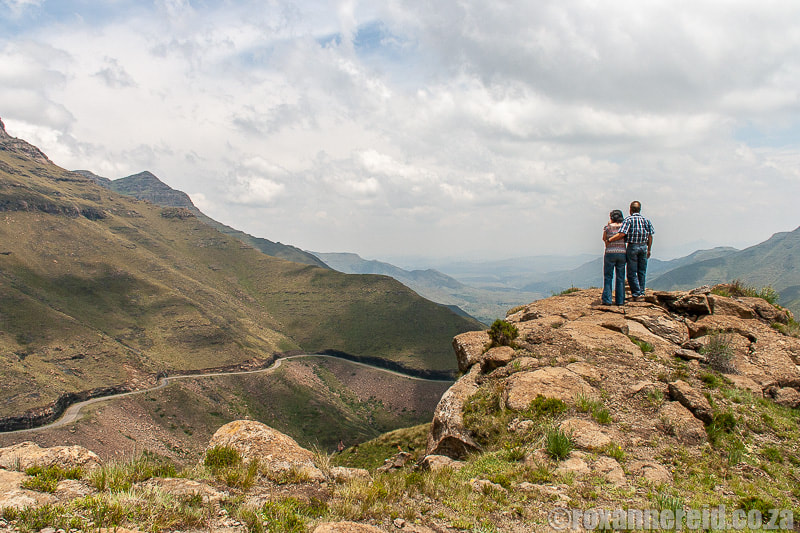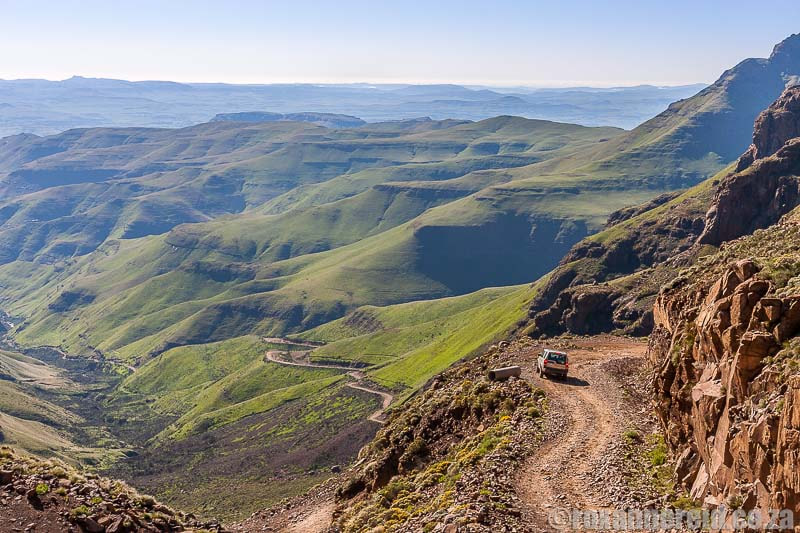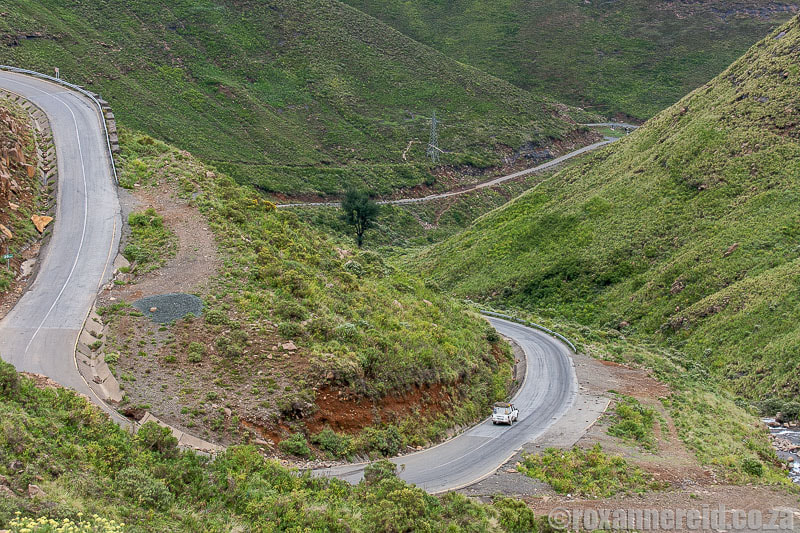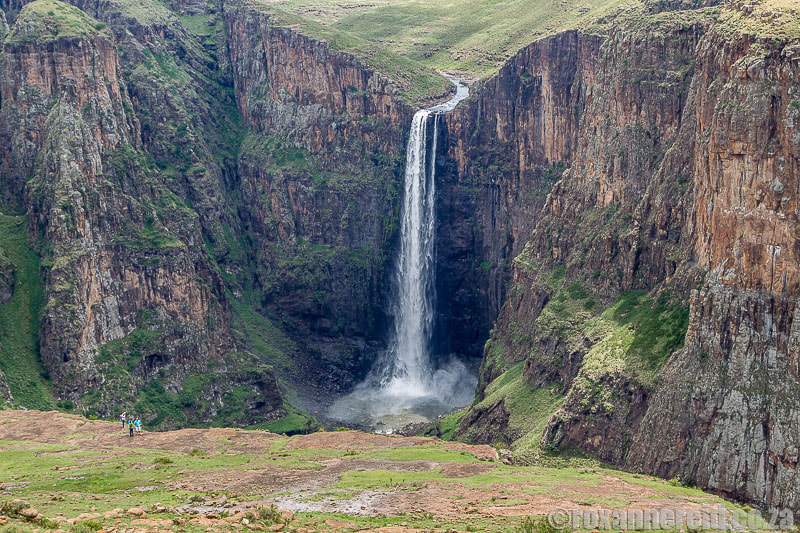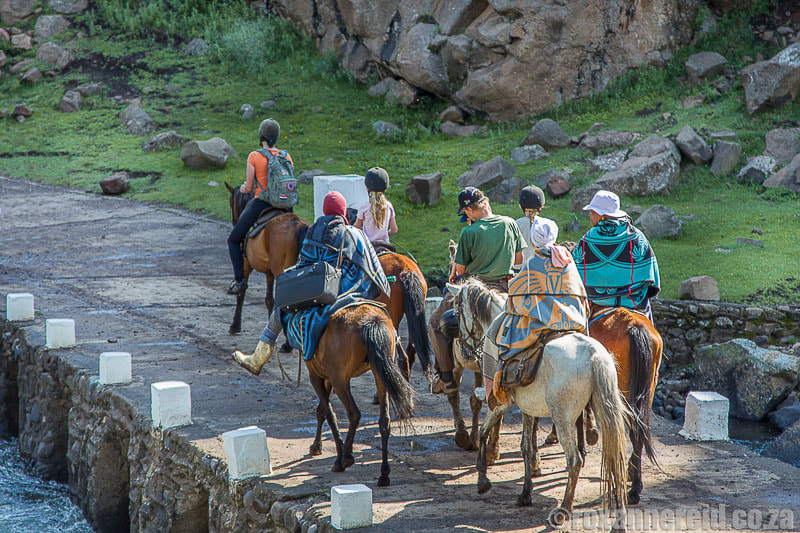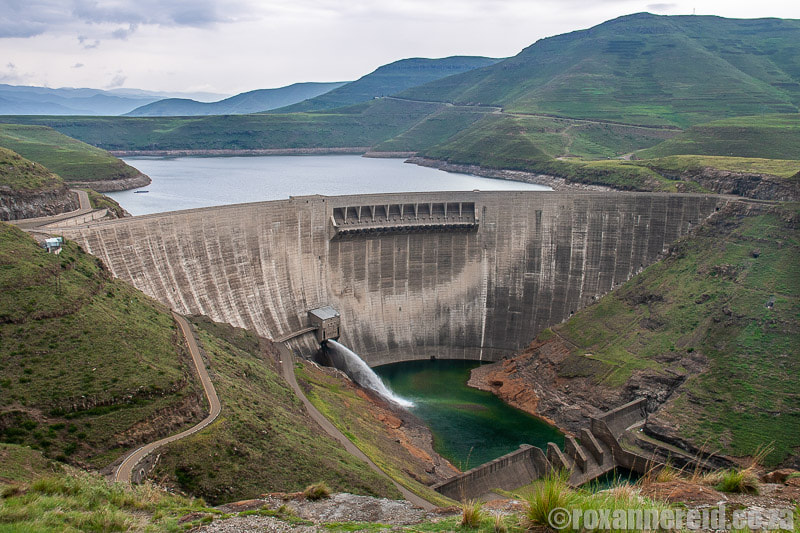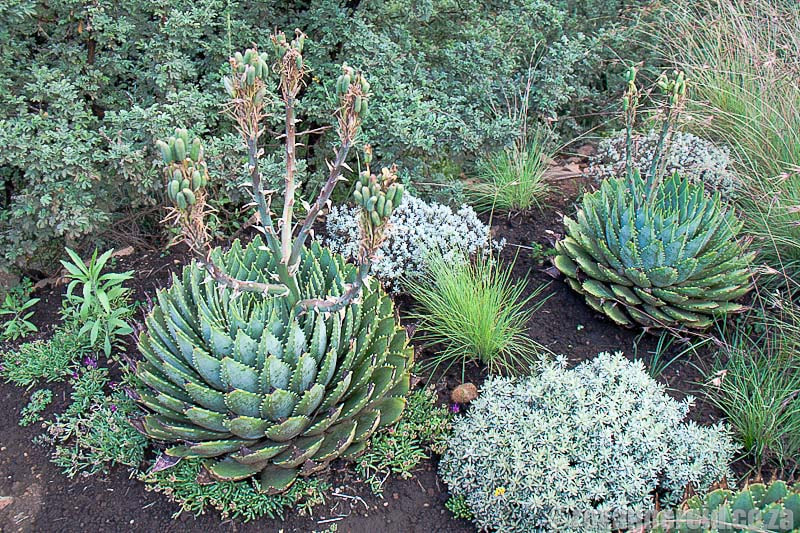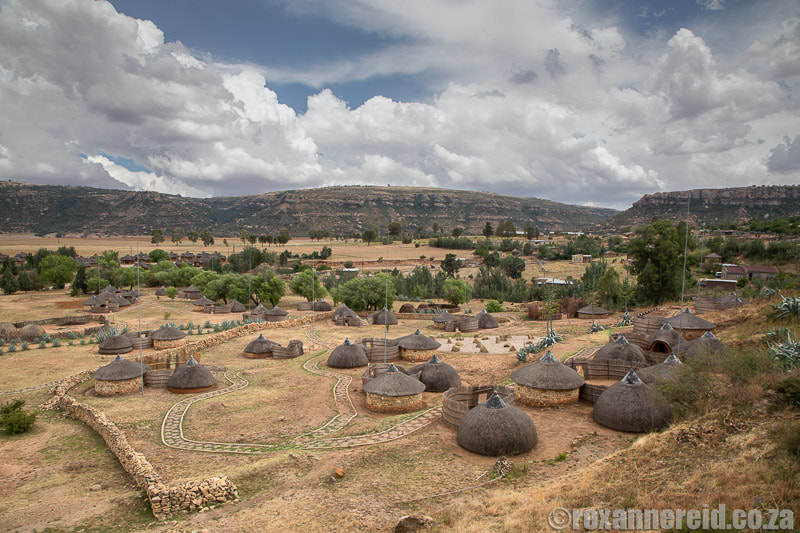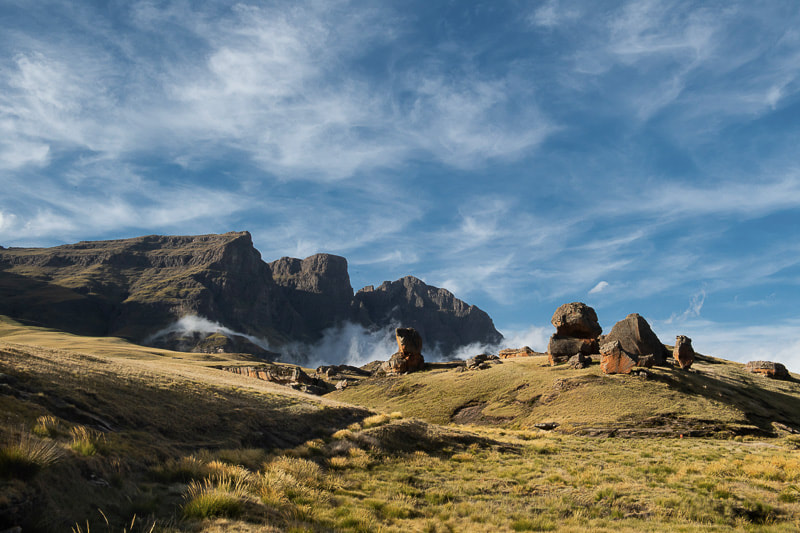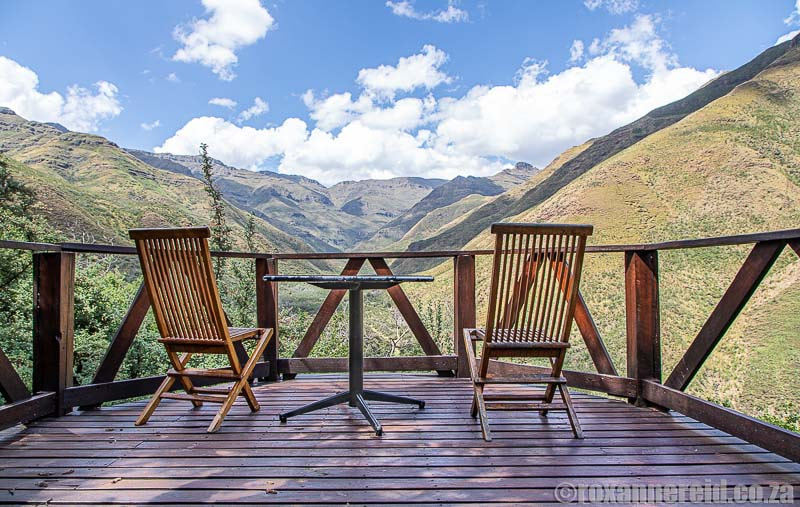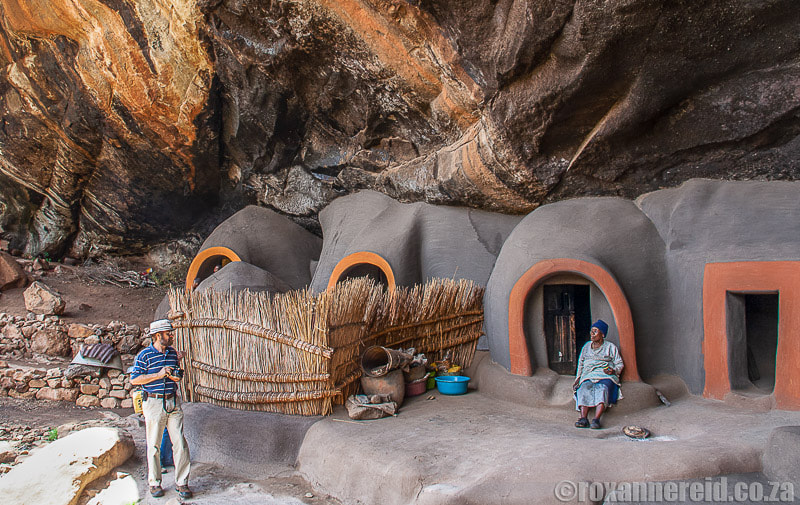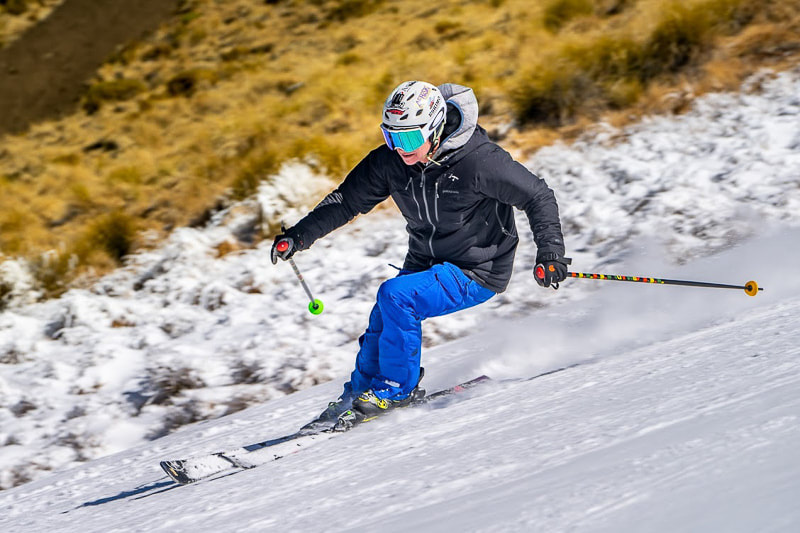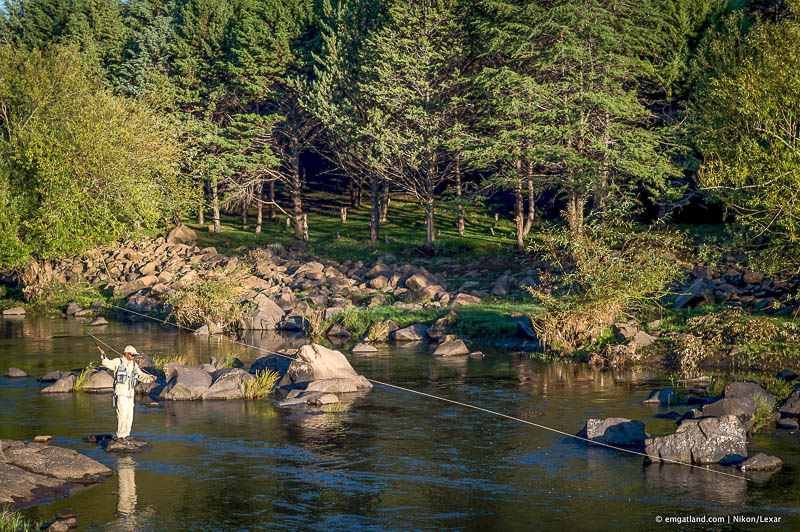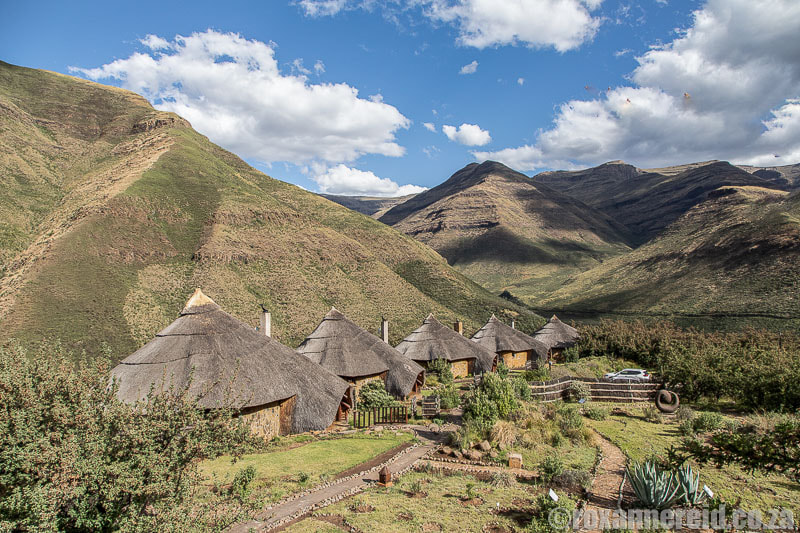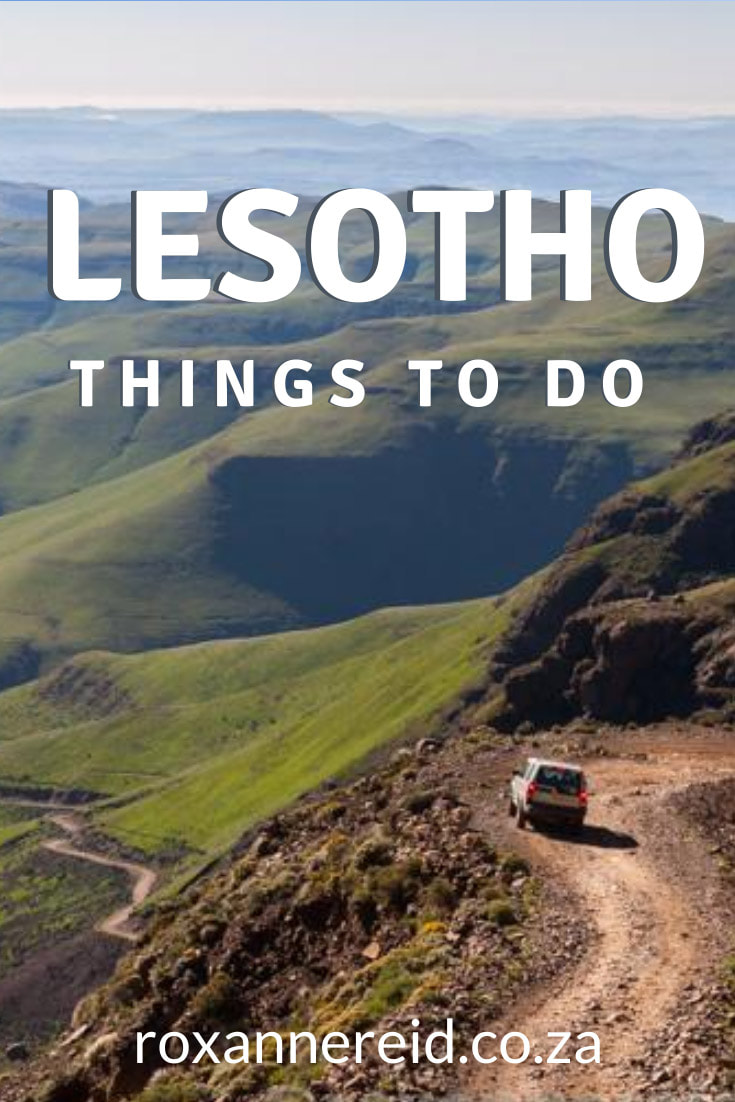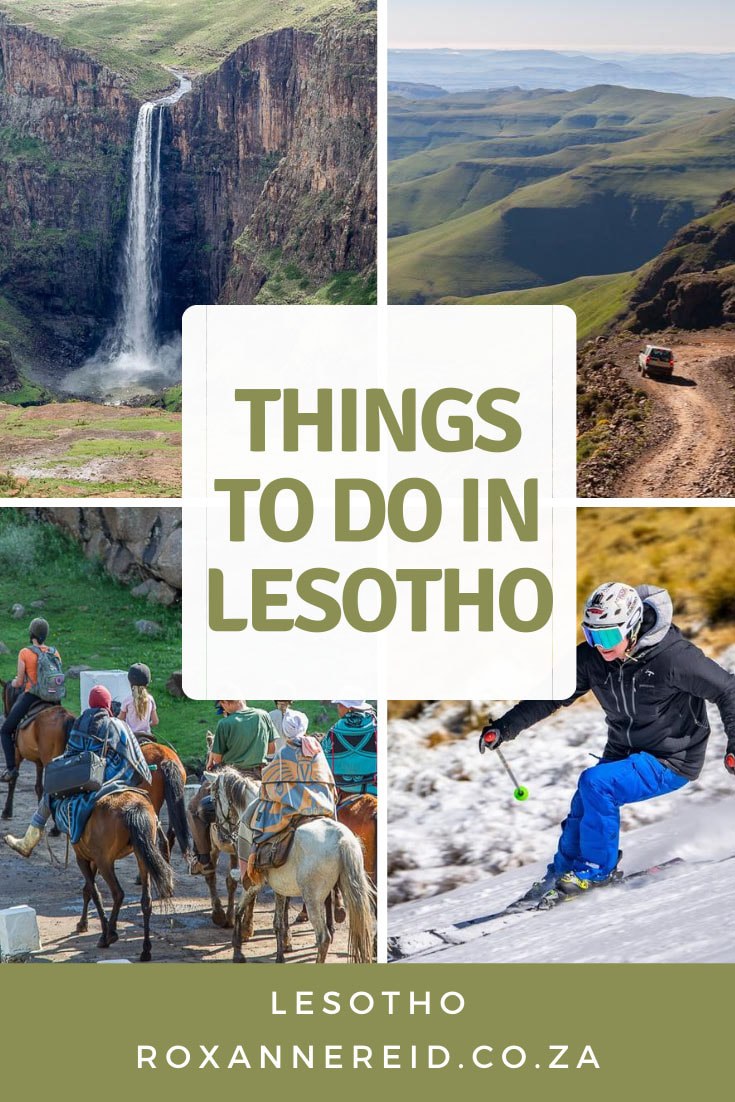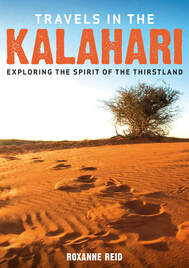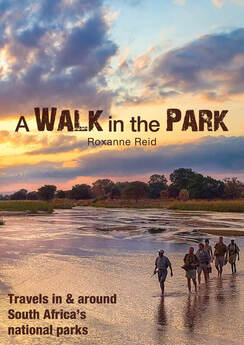It’s a small landlocked country in Southern Africa. Yet for its size it packs quite a punch. There are sweeping mountainous landscapes, remarkable places to visit and lots of fun things to do in Lesotho.
Some 80% of Lesotho lies above 1800m, with the highest point at 3482m, so it’s no wonder it’s known as the Mountain Kingdom. It’s a place of steep passes, clear streams and waterfalls, tiny rustic settlements of stone and thatch rondavels clinging to the mountainsides, and blanketed shepherds watching their flock.
It used to be a destination only for adventurers and explorers prepared to brave the bad gravel roads and take hours to do just a few kilometres. But today many of the poor roads have been upgraded or tarred, so travel times are much shorter than they used to be. You’ll need a 4x4 vehicle for Sani Pass and the Sehlabathebe National Park, but you can do all the other main routes on tar in a normal vehicle. Bear in mind, though, that the speed limit is 50km/h near the multitude of small settlements, so don’t underestimate your travel time.
There are so many Lesotho attractions and fun things to do in Lesotho that I’d recommend you don’t try to cover too much distance each day; rather leave time at points of interest to make the most of activities in the area. Here are some of my favourites.
1. Drive Sani Pass to the highest pub in Africa
2. Drive some of Lesotho’s other winding passes
Read more about Lesotho’s passes
3. See dinosaur footprints
Lesotho may be a small country but it has an impressive number of giant dinosaur footprints. It even has a dinosaur named after it, the Lesothosaurus diagnosticus, a 2m-long omnivorous lizard that walked the mountains here some 200 million years ago. If your interests are palaeontological, you can find dinosaur footprints in areas like Quthing, Morija, Tsikoane near Leribe, and Liphofung (see point 9).
4. Abseil down Maletsunyane Falls
5. Gets loads of action at Semonkong
Read more about Maletsunyane Falls and Semonkong
6. Go pony trekking
Lesotho’s mountainous terrain makes it an ideal place for pony trekking, or horse riding, which is the best way to get a sense of what a vital role the robust Basotho pony plays in local life. These hardy ponies are known for their sure-footedness and endurance even on steep mountain trails. Pony trekking is one of the best ways to explore the countryside and experience Lesotho’s mountains, streams and waterfalls. Both Ts’ehlanyane and Sehlabathebe national parks are perfect places for pony trekking, and there’s a 39km trail linking Ts’ehlanyane with the Bokong Nature Reserve. You can also find good pony trekking – both short outrides and multi-day overnight trails – at Malealea and Semonkong.
7. See Katse Dam
Read more about Katse Dam and visitor centre
8. Visit the Katse Botanical Garden
9. Find San rock art
Lesotho is rich in the rock art of San/Bushmen hunter-gatherers, which you can find in the caves and rock overhangs that sheltered early man. At Ha Baroana east of Maseru you can see depictions of leopard, lion and eland. Another site is the Liphofung Cultural Centre in the Butha Buthe area. Liphofung means ‘place of the eland’ and the large Clarens sandstone overhang has a number of paintings of this big antelope on its walls. There’s a visitor centre with some information about the rock art and a craft centre. Tucked away in the Tsatsane Valley in the remote south-east of the country are four rock art sites, but you need to hike a couple of hours to see some of them. Depictions here include zebra, half-man half-animal figures, and the largest known painting of an eland (about 2m long and 1m high).
10. Visit Thaba Bosiu Cultural Village
Read more about Thaba Bosiu Cultural Village
11. Go hiking
Lesotho has fresh mountain air and a multitude of trails to be hiked. Enjoy mountain peaks, valleys with streams and waterfalls, look around to spot birds and keep an eye out for some of the Alpine-type plant species that grow at high altitudes. You’ll find some super hikes in Ts’ehlanyane and Sehlabathebe national parks, Bokong Nature Reserve and around Semonkong. Two musts are the short hike to the top of Thaba Bosiu, where Moshoeshoe built his fortress (see point 10), and from Sani Top (see point 1) to the summit of Thabana Ntlenyana. At 3482m, this is the highest point in Africa south of Kilimanjaro and it will take a full day to do a round-trip hike.
12. Visit Sehlabathebe National Park
13. Explore Ts’ehlanyane National Park
Read more about Ts’ehlanyane National Park and Maliba Lodge
14. Go mountain biking
If you can’t survive a holiday without your mountain bike, you’ll be pleased to know there are numerous chances to get out onto trails in Lesotho. Almost any lodge will be able to tell you about mountain bike tracks in the area (see the Lesotho accommodation section below). Just tell them how experienced you are – whether a beginner or expert technical rider. Many of the lodges hire out bikes so there’s really no need to lug yours along unless you’re a bit obsessive about your ride.
15. Explore the Kome cave dwellings
Read more about the Kome caves
16. Go skiing and snowboarding
17. Go fly fishing
18. Put your 4x4 through its paces
If you’re eager to get out onto rough tracks so you can put your 4x4 into low range, look out for one of the 4x4 trails around Lesotho. One must-do is to drive the gravel Sani Pass (see point 1), another to explore Sehlabathebe National Park (see point 12). Most lodges and areas also have access to a few trails so ask when you get there. Carry proper recovery equipment in case you get stuck and show respect for the environment by not driving off the tracks. Take local advice about the advisability of attempting these tracks when there’s rain, snow or ice. If you’re really adventurous, explore some of these trails on your dirt bike.
Lesotho accommodation: where to stay
- Sani Pass – Sani Mountain Lodge (rondavels, backpacker rooms and camping)
- Semonkong – Semonkong Lodge (DB&B or self-catering rondavels, dormitories and camping)
- Ts’ehlanyane National Park – Maliba Lodge (luxury lodge, self-catering chalets and camping)
- Thaba Bosiu – Thaba Bosiu Cultural Village (chalets)
- Katse Dam – Katse Lodge (hotel rooms or self-catering annexe; there’s also a campsite in Katse)
We’ve stayed at other places too but I wouldn’t necessarily recommend them. Two other lodges we haven’t stayed at but appear to be popular are:
- Malealea Lodge – good place for hiking and pony trekking (rondavels, rooms and camping)
- Afriski Mountain Resort – for snow, skiing and snowboarding in winter (chalets, rooms and backpacker rooms)
You may also enjoy
Semonkong Lodge: how to fall in love with Lesotho
Why to visit Thaba Bosiu Cultural Village in Lesotho
Maliba Lodge – a romantic and honeymoon getaway
Like it? Pin this image!
